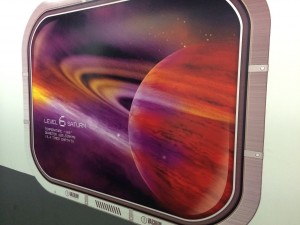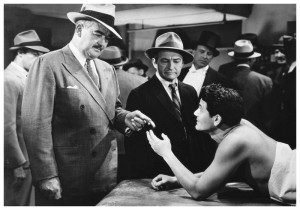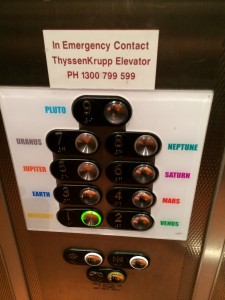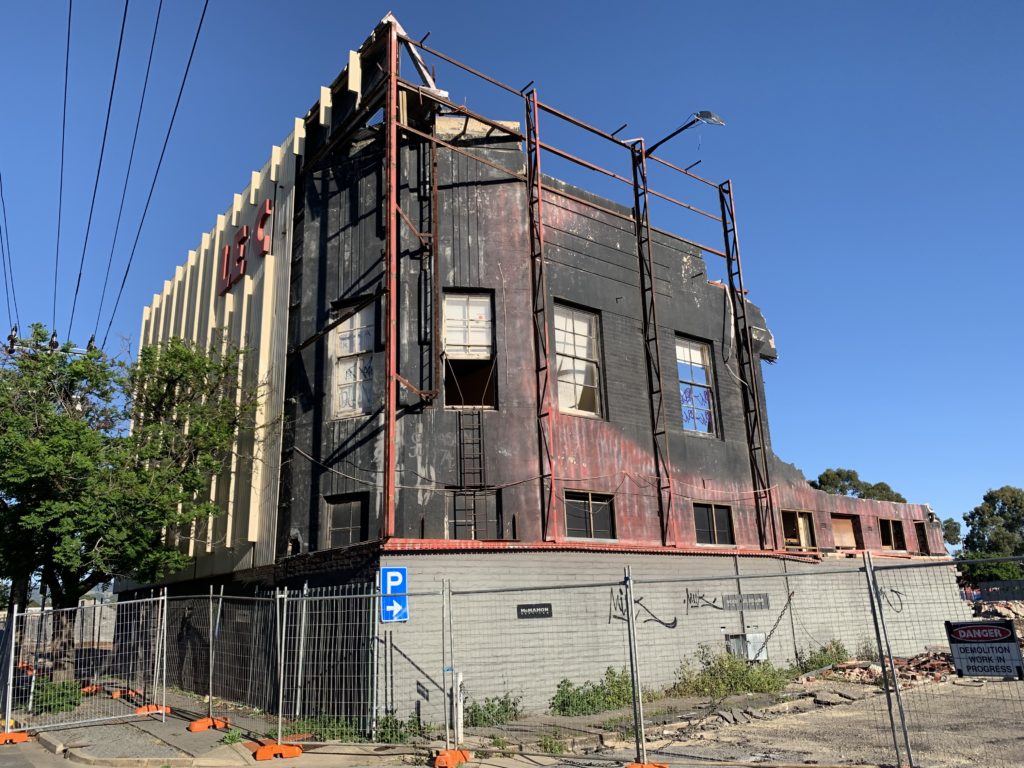
There’s been a lot of demolition since we moved into our neighbourhood two and a half years ago. Mid-century houses are being levelled and replaced with two, sometimes three, townhouses at breakneck speed. Some, but not all, were quite worse for wear. I know it probably makes sense in those cases for their demolition. But as Bob and I often discuss when we go for a walk with Lucy: will these mid-century houses come to be seen as something to preserve in the same way that we covet houses from the early part of last century?
We were probably part of the problem, having been 1920s wannabe home owners from the time we rented an early ’20s bungalow a few years ago. Alas, a long-lost great uncle with a hefty inheritance didn’t materialise, and we went mid-century. I’m glad we did – a ’50s house for my ’50s-’60s vases.
The houses being demolished are mid-century Australian, rather than the ones you’d see in, say, Palm Springs or immortalised in mid-century American movies like the time capsule Bachelor in Paradise starring Bob Hope and Lana Turner. I’m glad that many of the neighbourhood’s houses that would have been built by immigrants – largely Italian and Greek – in the ‘60s have so far remained. These houses are very distinctive and look like what my grandparents and relatives live or lived in. They are the houses of my childhood.
I’ve never had precise spatial awareness. However, it is really put to the test once the roof comes off one of these houses, gardens are cleared, and fences torn down. I cannot reconcile how what looks like such a small space sheltered, fed, and slept families within four often-painted and papered walls that kept their secrets and made memories. How quickly a well-used backyard or long-established garden can be turned into a dirt patch. Indeed, how quickly a whole block can be reclaimed (briefly) by vegetation! Then again, I guess these blocks aren’t that small, as they’re making their way to shelter, feed, and sleep two or three families. Still, it feels strangely disrespectful, even when I have no link to these houses nor am I clamouring to buy one. Perhaps it’s just garden envy. There was one house I used to walk past with a wonderful front garden made up largely of succulents. I wish I’d gotten my act together and taken some cuttings of their purple aeoniums before they were cleared with the rest of the garden.
Notwithstanding my spatial ability, one building and block of land that was definitely not small was Le Cornu Furniture, which traded from 1974 until 2016 on a huge lot in the Adelaide suburb of Keswick. My family bought a lot of furniture from there. Whose didn’t? For the past several weeks, demolition of the site has been in earnest after the building sat vacant for the past three years. I couldn’t believe how quickly it was being torn down, and so last week when I was driving past, I decided to drive around the block to where some building remained and to take a handful of photos. All that really remained was a small slither of the building (photo at the top of the page), the front of which is on the Maple Avenue side of the site. I then drove to the parallel street and took a picture through the fencing so that the inside of the building could be seen.
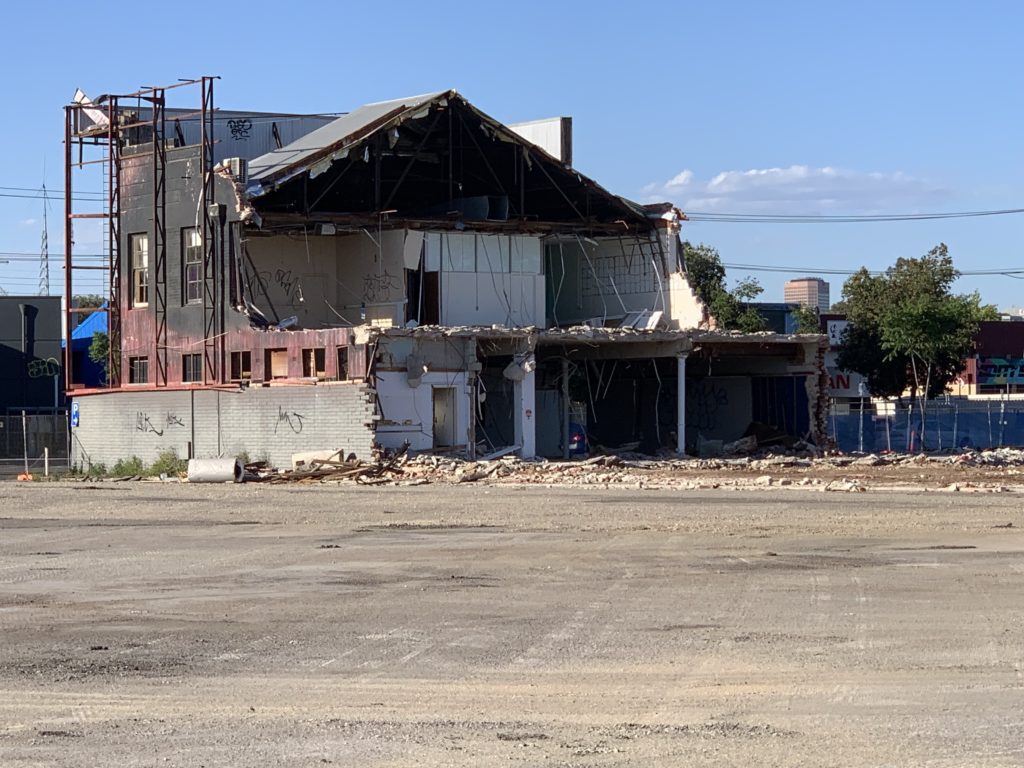
I’m not sure why this part of the building was still standing, but without most of the cream Le Cornu (now Le C) cladding that modernised the building, I imagine that we are getting a glimpse for the first time in years of the original Chrysler manufacturing plant that pre-dated Le Cornu. As an aside, I’ve read that an old Chrysler sign that was above part of the building further down Maple Avenue has been saved, so I presume it was moved off-site before that part came down. A free-standing Le Cornu sign, akin to those old mid-century motel signs (without the neon) is supposedly being kept safely in storage, too.
I must be thinking a lot about buildings of late. Early last year, my friend Mark and I were heading back to my car after dinner out in the city one evening. I’d heard just a couple of weeks earlier that The Planet nightclub building, which was on the same street in which we’d parked, might be demolished after being left empty for the better part of a decade and a half. Since we were there by happenstance, I decided to walk a little way down the street and take some photos of this building where I’d spent a good part of my teens (shh!) and early twenties.
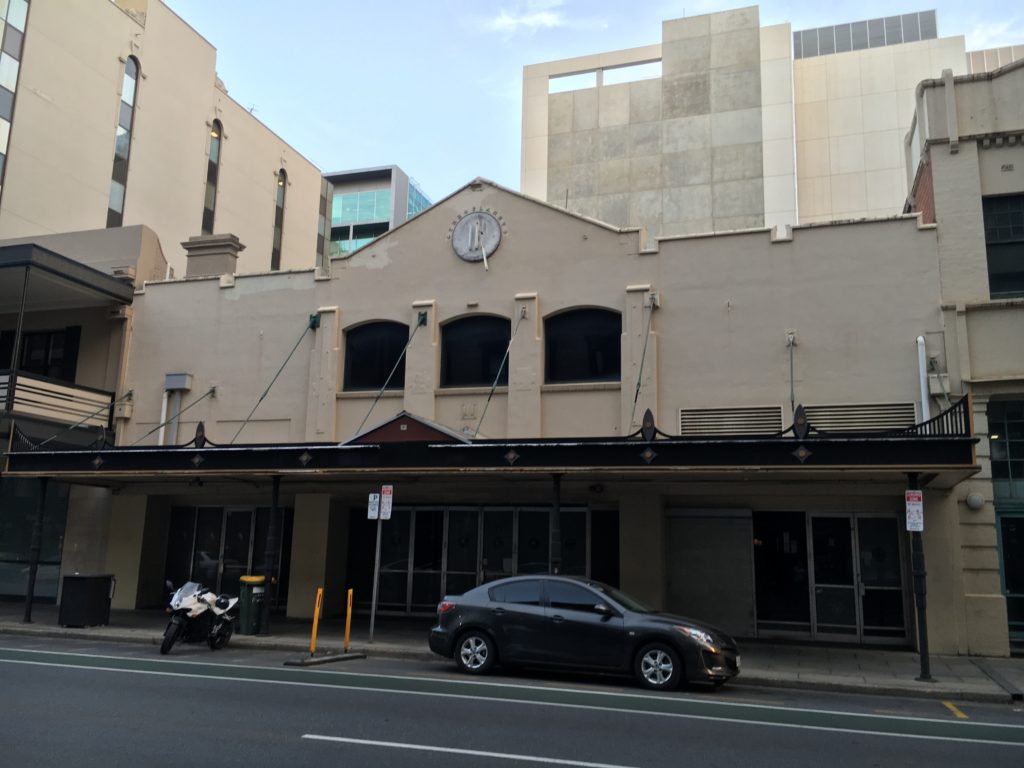
Across the street I stood, looking at the old girl, snapping some shots on my phone. We then ventured across the street and tried to peer through the windows. A security guard was just about to set an alarm for the evening. I guess whomever owns the building still wants it intact, even if disused. I told him why I was there – that I had been for so many years and wanted to take one more look. He nodded and told me it was fine to keep taking my photos. Then, as he looked at us curiously, recognition dawned on his face. “Oh yeah, The Planet. That place used to go off”, he said as he sauntered away.
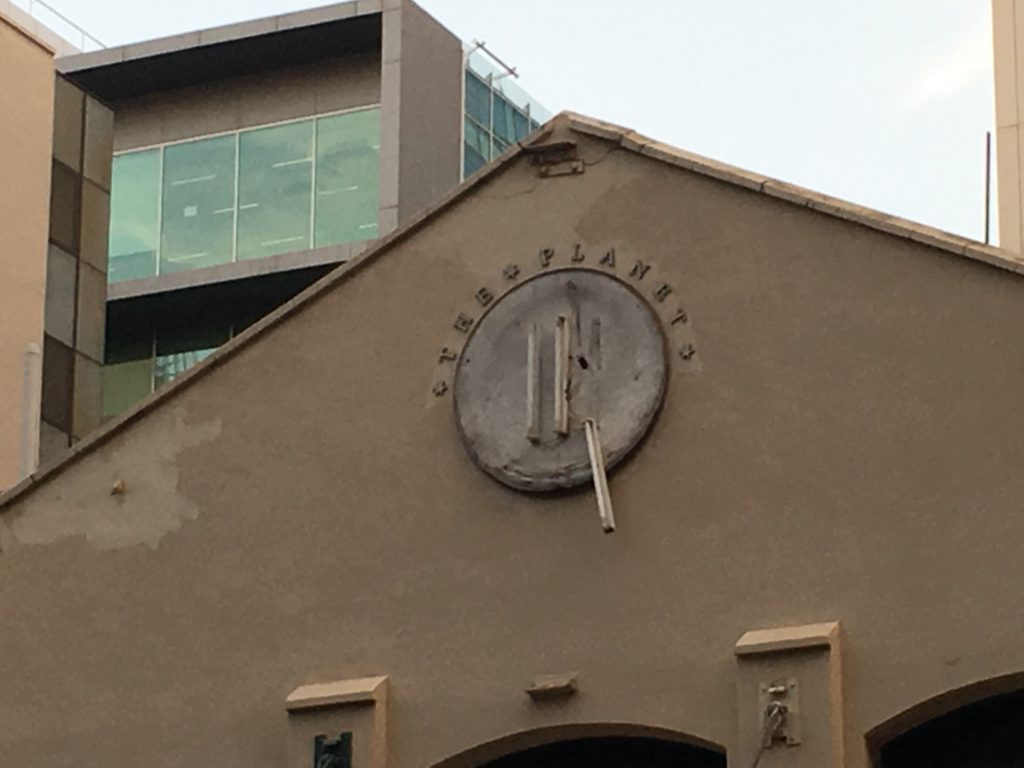
By the way, the building is still there almost two years after I took these shots. From what I’ve read, it will be levelled at some point in the next couple of years along with the building on its right – once a seafood restaurant called Pescatore – and left – a building that housed, amongst other things, a baguette bar I’d stumble toward after a night at The Planet. But, after many rumours of its imminent demise over the years, for now at least, it’s nothing if not a survivor.
House, businesses, buildings. Perhaps furnished by a store that, itself, is being torn down. If those walls could talk, indeed. Regardless, the memories remain. Even if, after a baguette, they got a little fuzzy.
